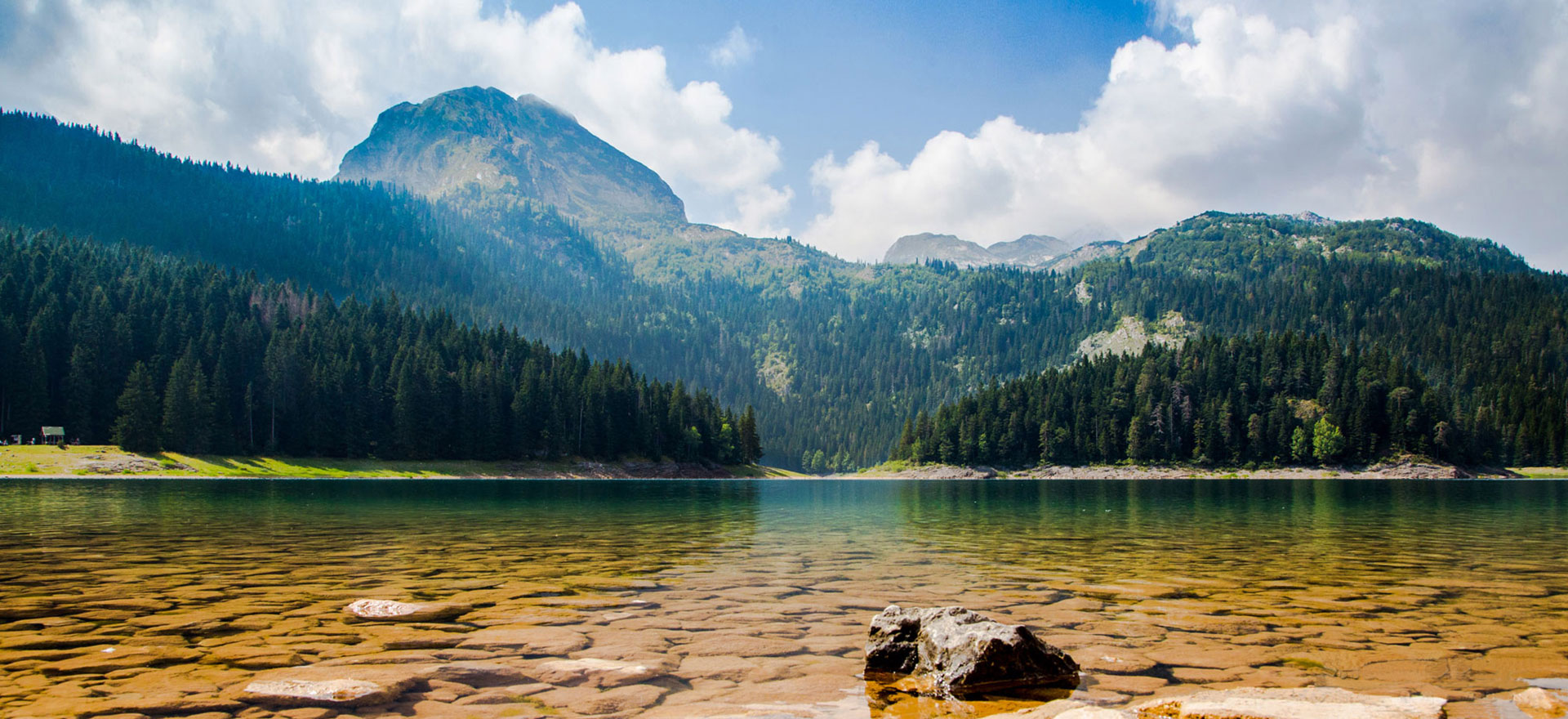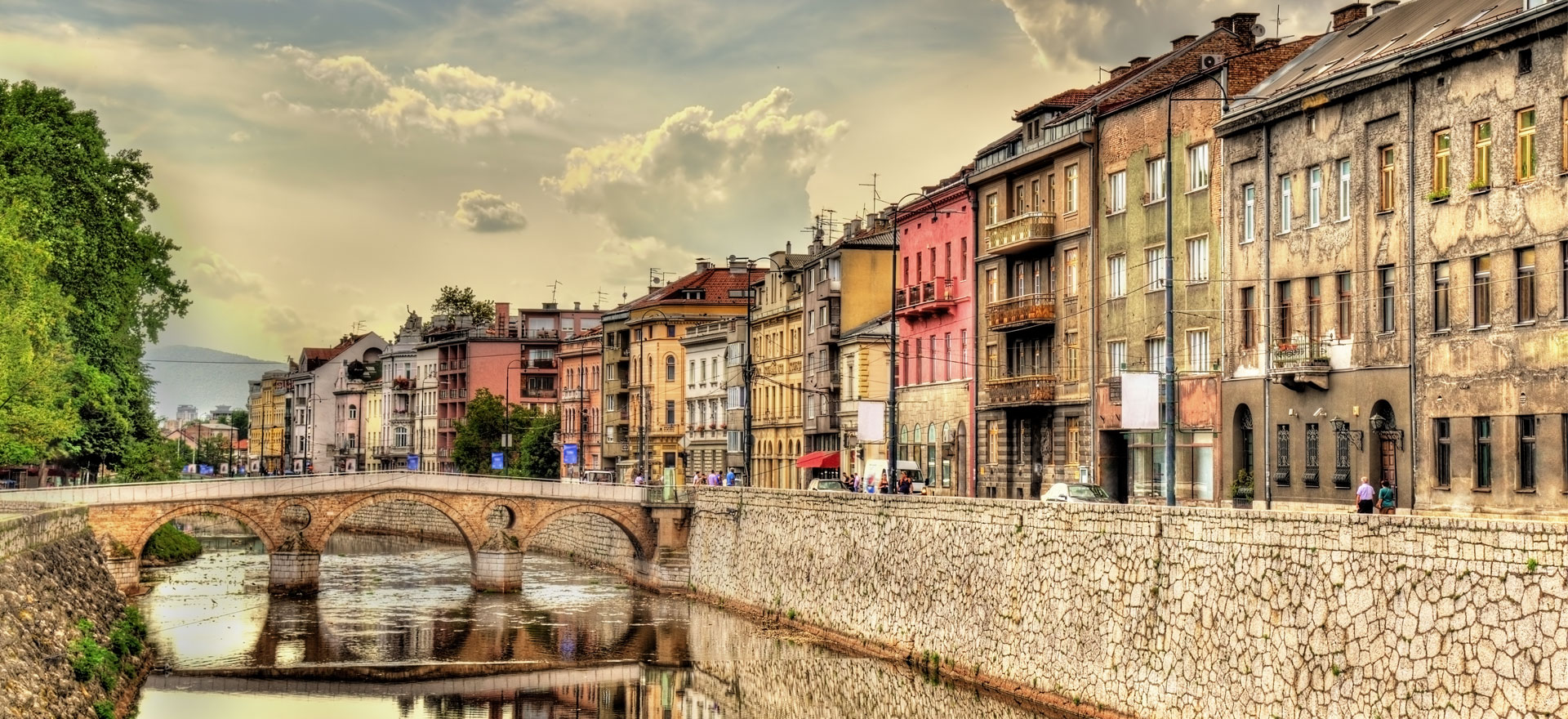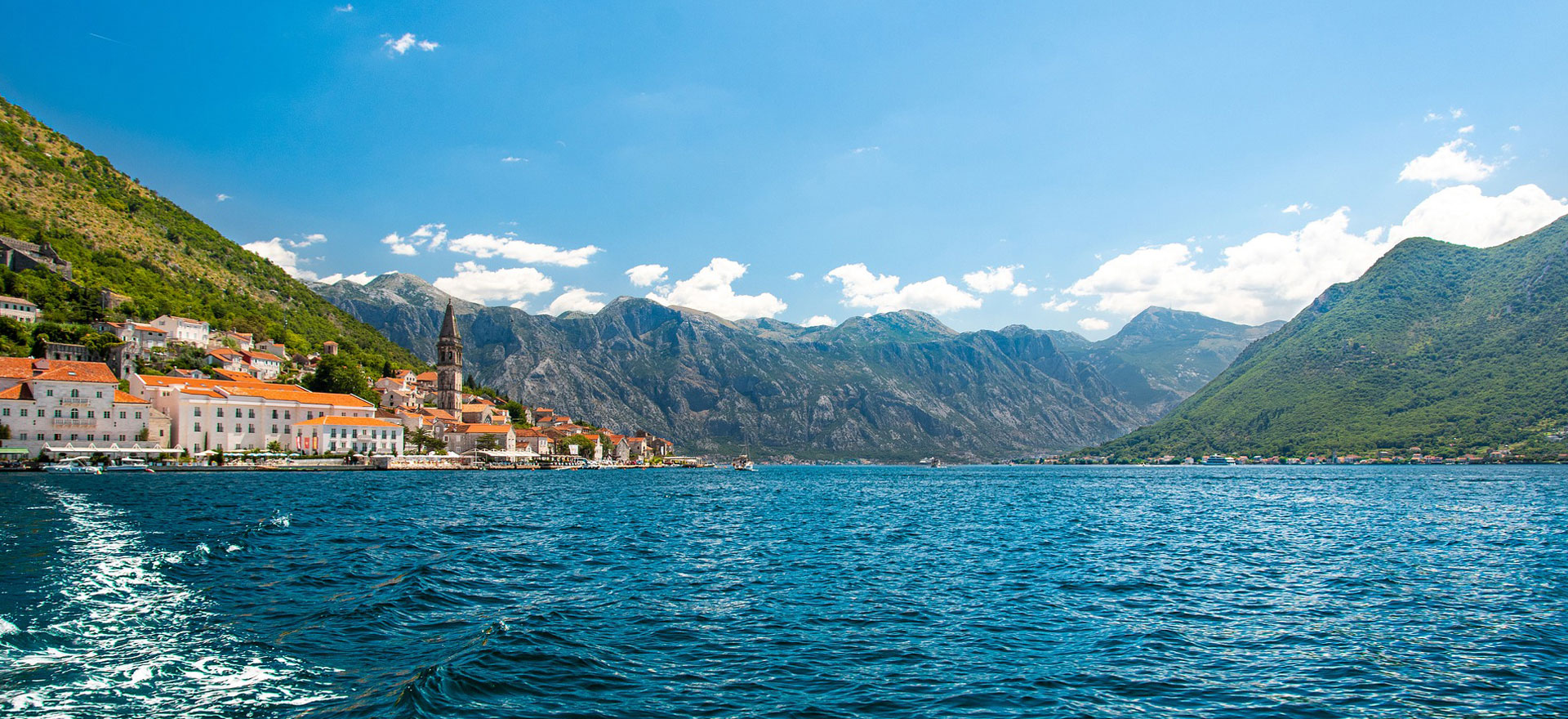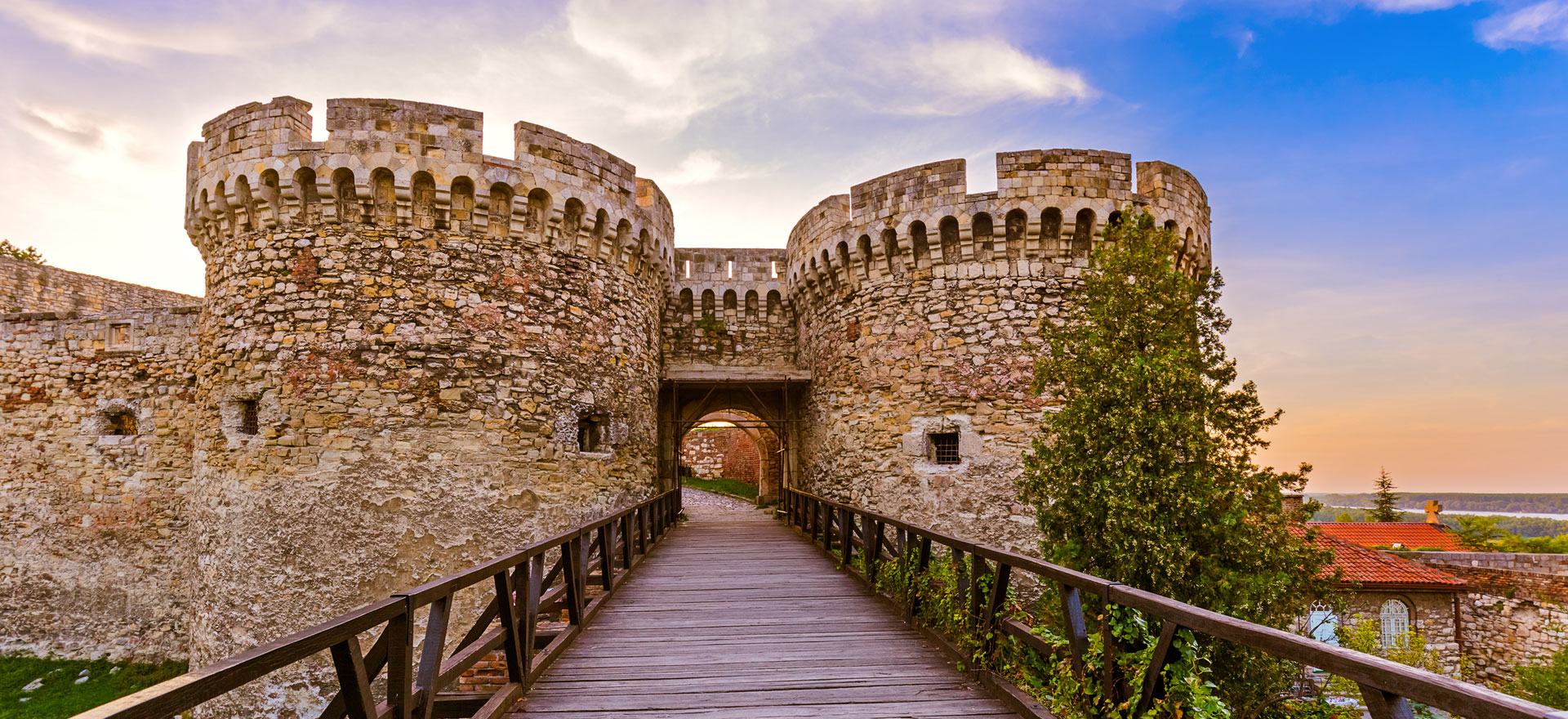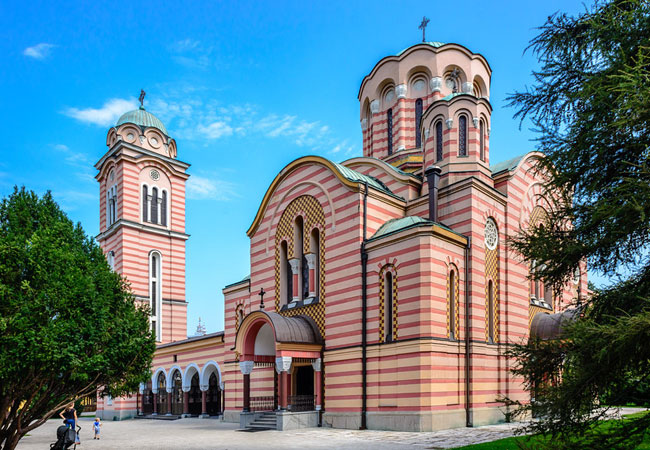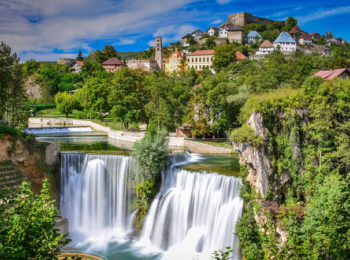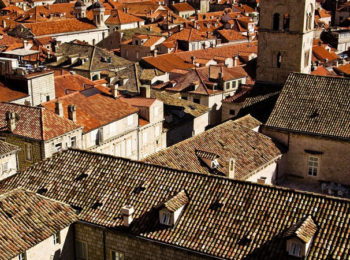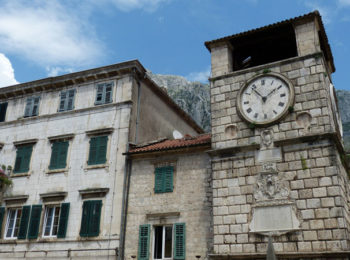Day 2 - Belgrade
Spend the day exploring the lively city of Belgrade, one of the largest in the Balkans and the former capital of Yugoslavia. Visit the church of St Sava, Republic Square, and the historic area of Kalemegdan, which we explore on foot. The afternoon is free to explore at your leisure. Overnight Hotel Bohemian Garni or similar. (B)
Day 3 - Nis
Travel to the city of Nis, in the south of Serbia. We visit the ‘skull tower’, a grisly monument to the Serbian resistance against the Ottoman empire, as well as the Roman ruins of Mediana, with its rich mosaics. Overnight Hotel Eter or similar. (B)
Day 4 - Novi Pazar - Stari Ras
Drive west to the town of Novi Pazar. The influences of the Ottoman empire are much more evident here, and the town feels like a crossroads between east and west. Explore its old Turkish quarter with its mosques and bazaar, then visit the nearby medieval ruins of Ras and the Sopocani monastery. Overnight Hotel Dragulj or similar. (B)
Day 5 - Berane - Biogradska Gora National Park
Today we cross the border into Montenegro and head to Berane, where we visit its Archaeological Museum to learn a little about the history of the region. From here continue to Biogradska Gora, a beautiful area of mountains, forest and lakes, and explore on foot before continuing to Kolasin for this night. Overnight Guesthouse Sandra or similar. (B)
Day 6 - Durmitor National Park
A day excursion to Durmitor National Park. Durmitor is one of the Balkans’ most stunning regions, with glacial lakes, canyons and dramatic peaks, and we explore the area before returning to Kolasin for the night. Overnight Guesthouse Sandra or similar. (B)
Day 7 - Podgorica – Cetinje - Njegusi – Kotor
Drive to Podgorica, Montenegro’s small but interesting capital. After a short visit of its old quarter, we then continue to Cetinje, and visit the palace of the former king as well as its monastery. In the small village of Njegusi we take a break at the country’s oldest inn to sample some traditional food and drink, then end the day in the delightful coastal town of Kotor. Overnight Hotel Rendezvous or similar. (B)
Day 8 - Dubrovnik - Mostar
Heading north along the stunning coastline, we cross into Croatia and visit Dubrovnik, the ‘Pearl of the Adriatic’. Explore this gorgeous walled city before heading into Bosnia and the town of Mostar. Set on either side of the River Neretva, Mostar is an atmospheric city full of the mixed cultural influences of the region, with an old Turkish quarter which we explore. Overnight Hotel Mostar or similar. (B)
Day 9 - Sarajevo
This morning we visit Tito’s bunker, a Cold War era nuclear bunker built to protect Yugoslavia’s former president. From here we continue to Sarajevo. Our explorations here include the Tunnel Museum – the only way of entering and exiting the city during the siege of Sarajevo, the site where Archduke Franz Ferdinand was assassinated, and the historic district of Bascarsij with its oriental atmosphere. Overnight Hotel Aziza or similar. (B)
Day 10 - Travnik - Jajce
This morning we visit the medieval fortress of Travnik, then continue to Jajce. Jajce is dominated by a hilltop citadel and is the site of numerous watermills, as well as two striking waterfalls, and we explore this low key but charming town this afternoon. Overnight Konoba Slapovi Hotel or similar. (B)
Day 11 - Ljubacevo – Banja Luka
Drive to the traditional village of Ljubacevo where we learn about local life and customs and see the old Turkish Inn, dating back to the 18th century. From here continue to Banja Luka, the capital of Republika Srpska, with its fortress, 16th century mosque and orthodox church, among other sites. Overnight Hotel Ideja or similar. (B)
Day 12 - Bihac – Plitvice
Drive to the pretty town of Bihac, centred around the Una River, then continue to Plitvice, one of the Balkans’ most impressive natural sights. Within the forests here lie 16 terraced lakes, connected by waterfalls extending into a limestone canyon, and with walkways winding around them. Overnight local guesthouse. (B)
Day 15 - Fruska Gora - Novi Sad - Belgrade
Return to Serbia and the mountains of Fruska Gora. Here we visit some of the Serbian Orthodox monasteries hidden in the hills, before continuing to Novi Sad, the capital of Serbia’s Vojvodina region and a centre for its Hungarian minority. Explore the city centre on foot, including the Petrovaradin Fortress with its numerous underground tunnels. In the late afternoon, return to Belgrade. Overnight Hotel Bohemian Garni or similar. (B)
Day 16 - Belgrade
Transfer to the airport for your onward flight. (B)
This trip can be combined with our ‘Albania, Kosovo and Macedonia’ tour for a longer adventure through the region.
What's included?
What's not included?
Visas
Most travellers, including UK, US and Australian travellers do not need a visa to enter these countries. Visa regulations can change however and so we recommend that you contact your nearest embassy for the most up to date information.
Health and vaccinations
We are not medically qualified and so we recommend that you speak to your doctor or nearest health professional for advice concerning recommended vaccinations. For more advice on vaccinations you can also visit www.fitfortravel.nhs.uk.
If you have any physical limitations that might impact your ability to participate in the planned tour activities, it’s essential that you make us aware as soon as possible so that we can discuss this with you.
Insurance
It is a condition of joining our tours that you have suitable travel insurance in place, and we cannot accept travellers without insurance. All policies differ in terms of what they will cover, but as a minimum you need medical and health cover which will cover you for the whole time that you are away. Most policies will also include cancellation cover, which will cover you if an unforeseen circumstance obliges you to cancel your trip. We recommend that you obtain your insurance as soon as you book your trip.
Please note that government travel warnings often affect the validity of your travel insurance, and you should check this with your insurance company.
Money
The local currency in each country is different, as follows:
Serbia – dinar
Bosnia – mark
Croatia – kuna
Montenegro – euro
It is best to bring Euros for exchange purposes.
It’s not difficult to change money here, either at banks, exchange booths or the hotels and your guide can assist with this. Algeria is very much a cash society – credit cards are not widely accepted, and ATM machines are not especially reliable.
When to go
The best time to visit the Balkans is from May to October – the winters can be cold, especially in the mountain regions, and early spring wet. It can be quite cool at any time of year, depending on where you are, but the summer is reliably the warmest and most pleasant time to explore this region.
Local conditions
When travelling to some of the destinations we offer you need to bear in mind that things won’t always work here as we’re used to them working at home. Travelling in underdeveloped and untouristed destinations requires both patience and a sense of humour. There may be problems with infrastructure, attitudes may be different, and maintenance may not be as high a standard as we would always like, but this is very much part and parcel of travelling in such a place. We aim to resolve any issues as quickly as possible, and thank you for your patience.
Travel advice
We keep a very close eye on the travel advice issued by the UK Foreign and Commonwealth Office so that we can keep you up to date with any warnings. At the time of writing the FCO does not advise against travel to any of the parts of these countries that we visit on this tour.
This relates to advice from the British government – other nationalities need to check the stance of their own governments.
Please note that the information contained above is highly susceptible to change, and while we endeavour to keep up to date we recommend that you use this as a guide only. Should you have any questions, please don’t hesitate to contact us.
You may also like…
- Prices from£2,449EXPLORERomaniaFrom Transylvania to the Danube Delta
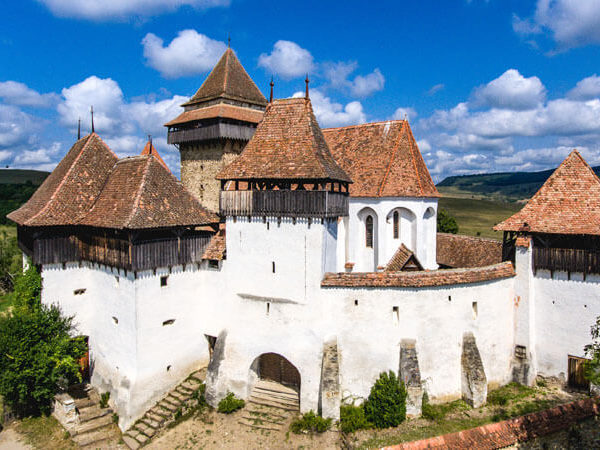
From Transylvania to the Danube Delta
- Prices from£1,535EXPLOREBulgariaMonasteries and Mountains
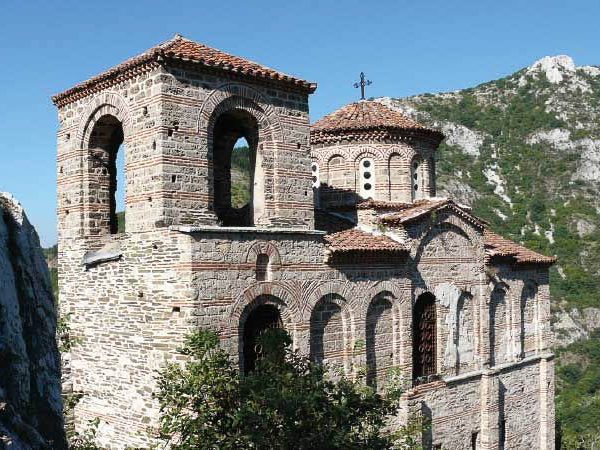
Monasteries and Mountains
- Prices from£2,615EXPLOREAlbania, Kosovo and North MacedoniaAlbania, Kosovo and Macedonia
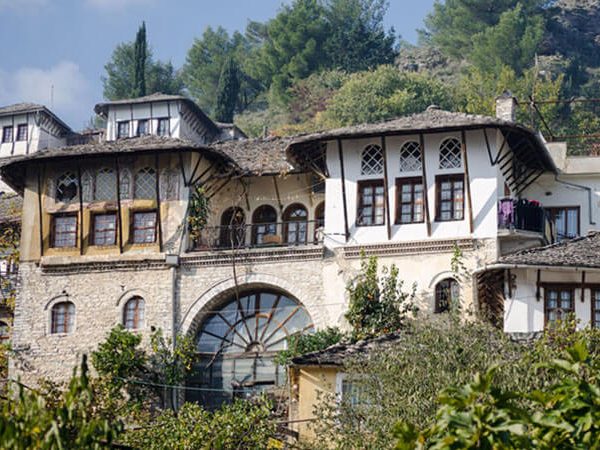
Albania, Kosovo and Macedonia

